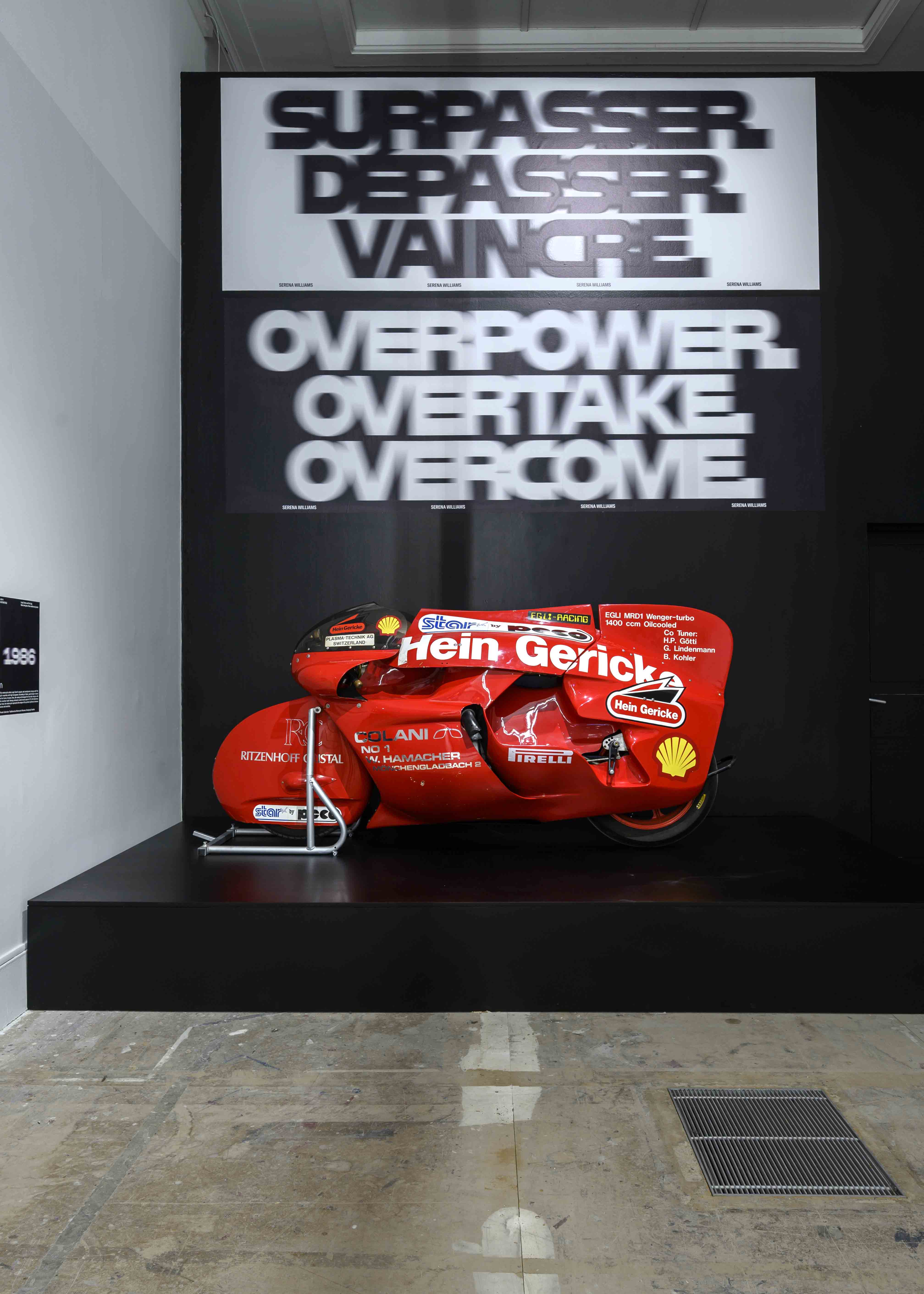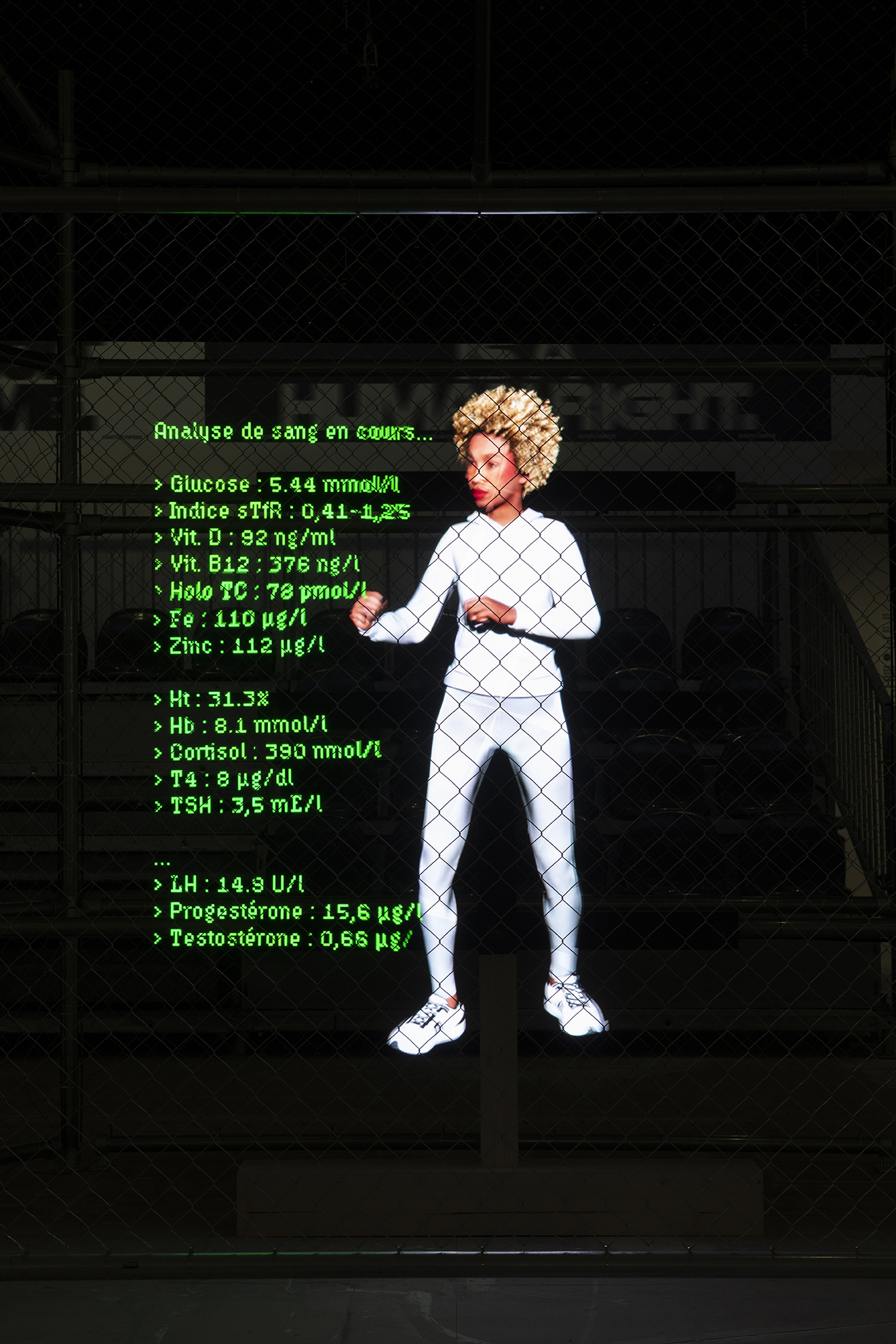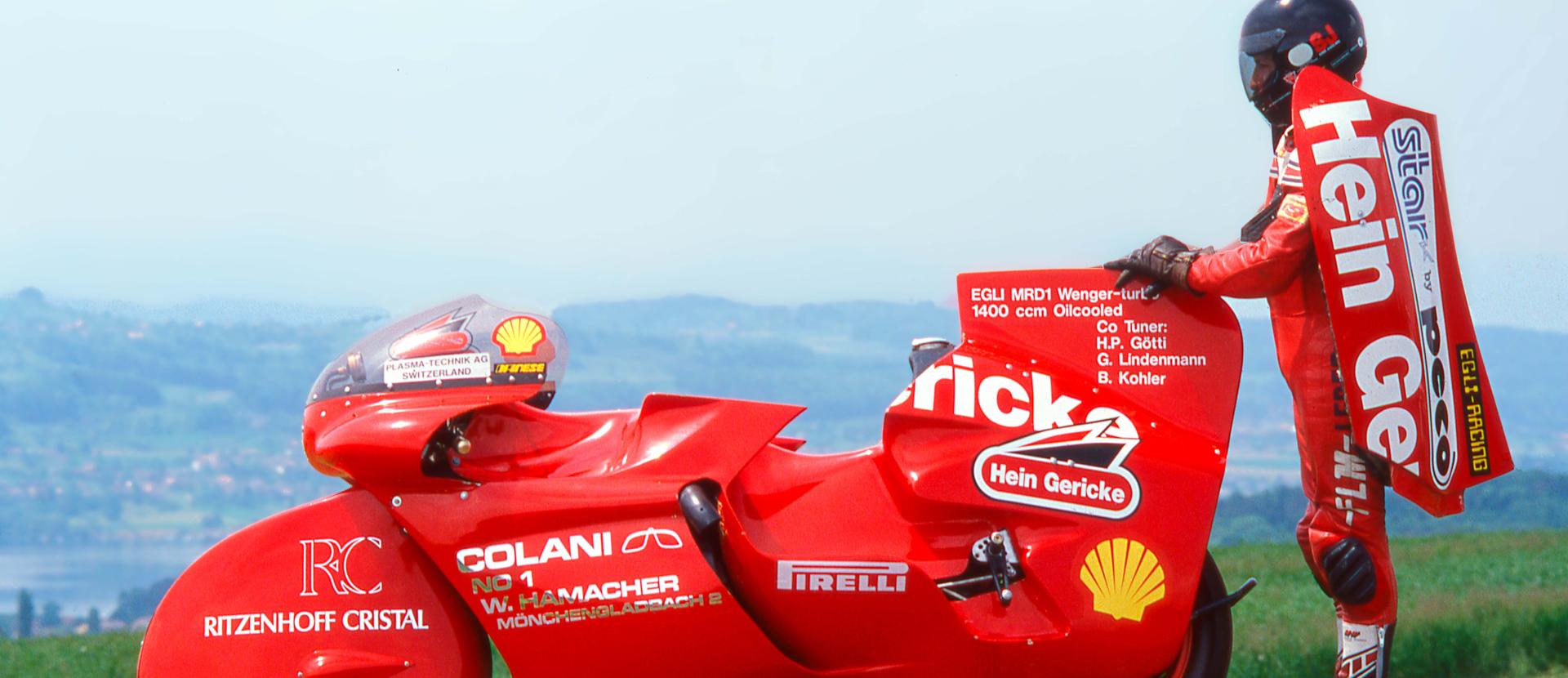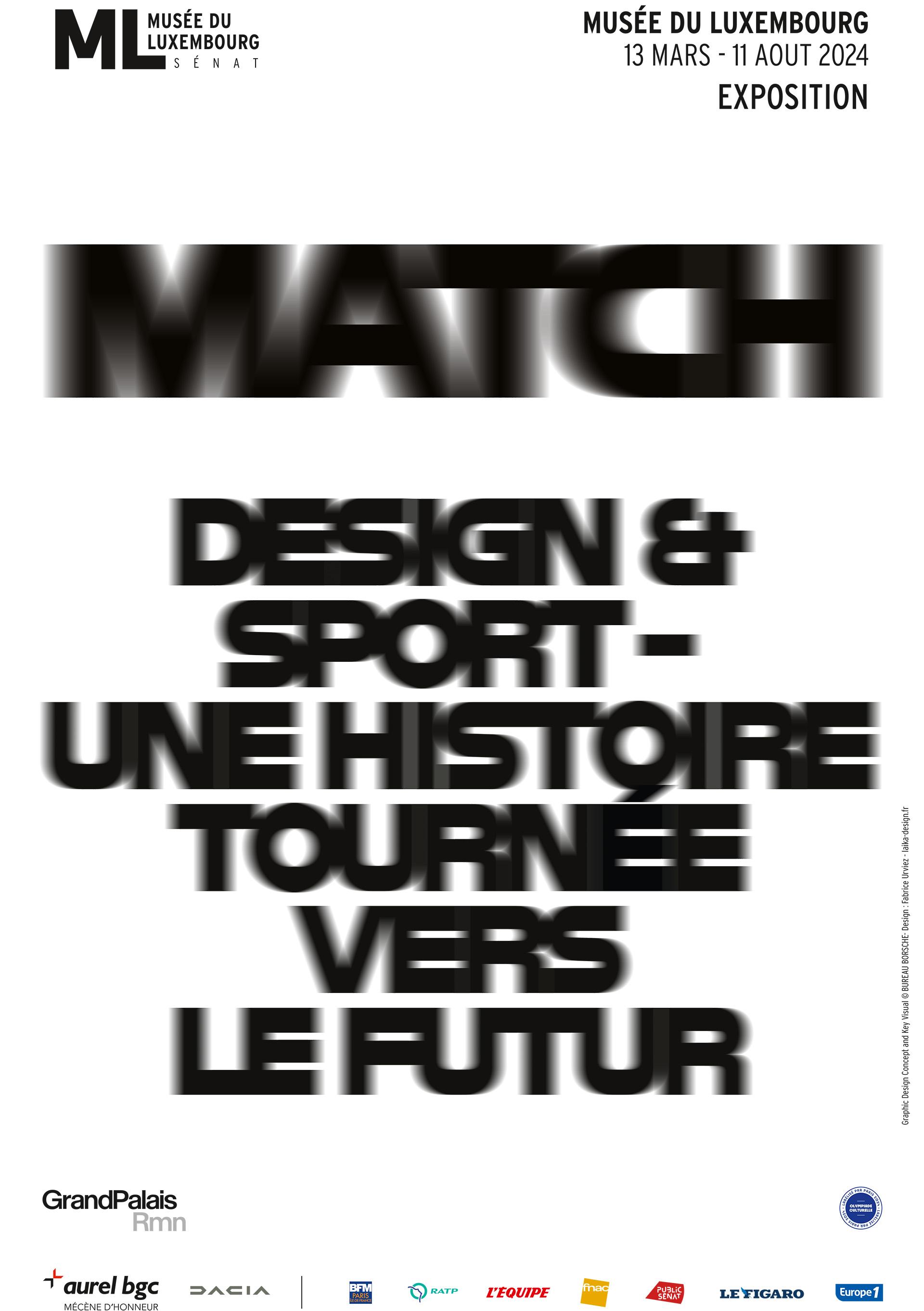Sport, design and performance
In the exhibition Match
Sport and design are very much part of our daily life. Yet the apparent simplicity of their relationship is the product of lengthy aesthetic research and state-of-the-art techniques. To what end? Among others, performance! To look at this in detail, visit the exhibition Match, currently at the Musée du Luxembourg.
Design, Sport's closest ally

Ever since the birth of competitive sport, design has played a role of vital importance.It not only protects the athlete but is also intended to improve their performance. Konstantin Grcic, an internationally renowned designer, presents in this exhibition a selection of design items which tell the extraordinary adventures of sporting performance.
Some of these items may well be familiar to you.For example, the Nike Air Flightposite shoe, a revolutionary model created for basketball by Eric Avar in 1999. This shoe with its bold design is the fruit of four years of intensive research. It fits like a glove, giving comfort and support, and is created using specialised materials which optimise the athletes’ performance.
In the exhibition you will also find a motorbike where the casing merges with its driver to increase its top speed, a monofin and swimming fin which improve performance in the water, and many other items of sports equipment at the cutting edge of design. Materials, texture, colour, weight and form come together in the pursuit of sporting performance. This collaboration between design and sport is in perpetual evolution, and thanks to technological and societal progress is constantly pushing back the limits of what is possible.
How far will design go for the sake of sport?

Advances in technology, such as sensors and artificial intelligence, lead to equipment which is increasingly ‘intelligent’ and personalised. From sophisticated optical monitoring systems to portable devices, technology can give us an unprecedented view of our physical performance. In e-sport for example, Sony’s ball trajectory prediction system, Hawk-Eye, combines cameras with sensors and other measuring devices and thus enables real-time analysis of phases of a game, the drawing up of statistics and the detection of human error.
Just imagine going into a shop where the very latest gadgets analyse your needs and preferences, producing customised kit on the spot, all thanks to a 3D impression! Now imagine that you have a digital double, just like the hologram presented in the exhibition, which can simulate and follow your performance better than any human could do. This is the ‘datafication’ of sport: when the collection and analysis of data fundamentally changes the way in which we understand and practise sport.
These developments raise several questions, about the protection of privacy, the standardisation of differences between individuals, and about the limits of this constant drive to improve performance.Rules are regularly put in place to guarantee equitable conditions for all participants and to condemn technology doping, but advances such as these constantly challenge this delicate balancing act.


